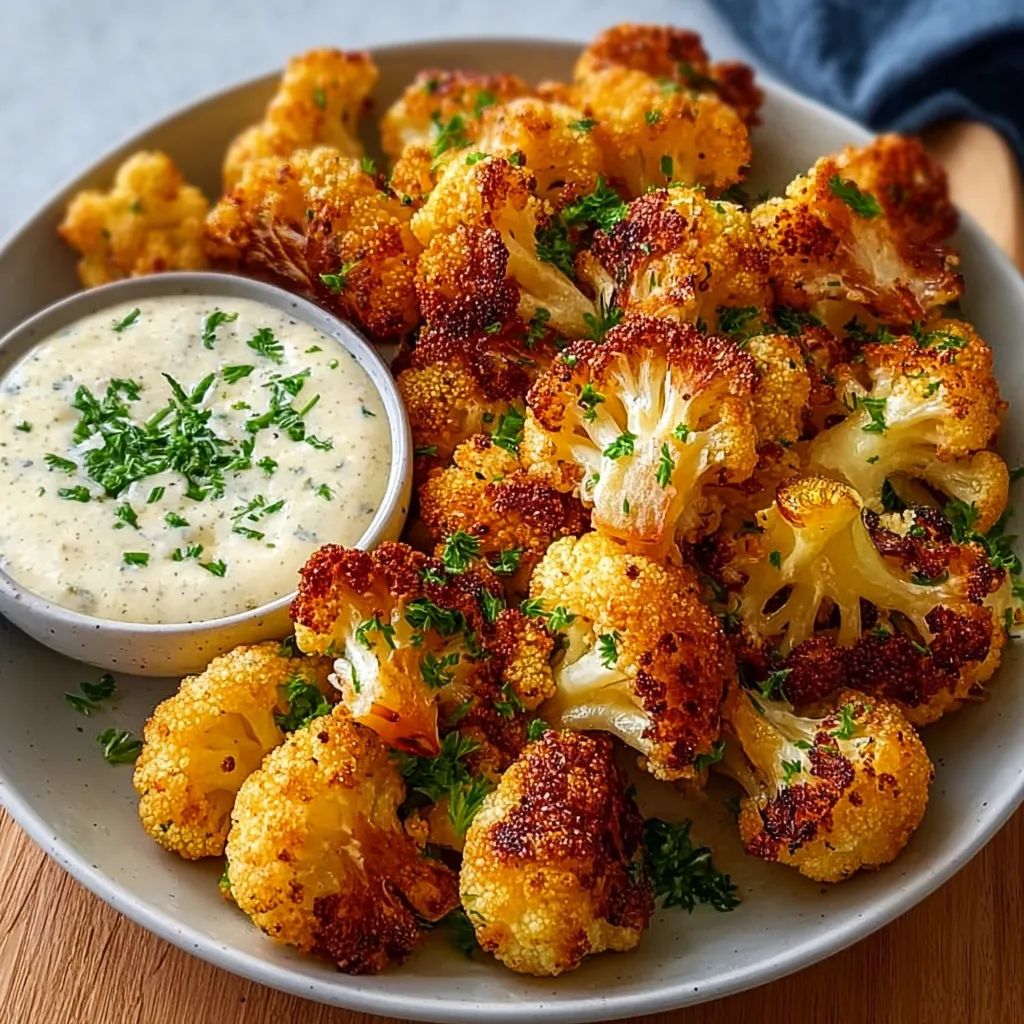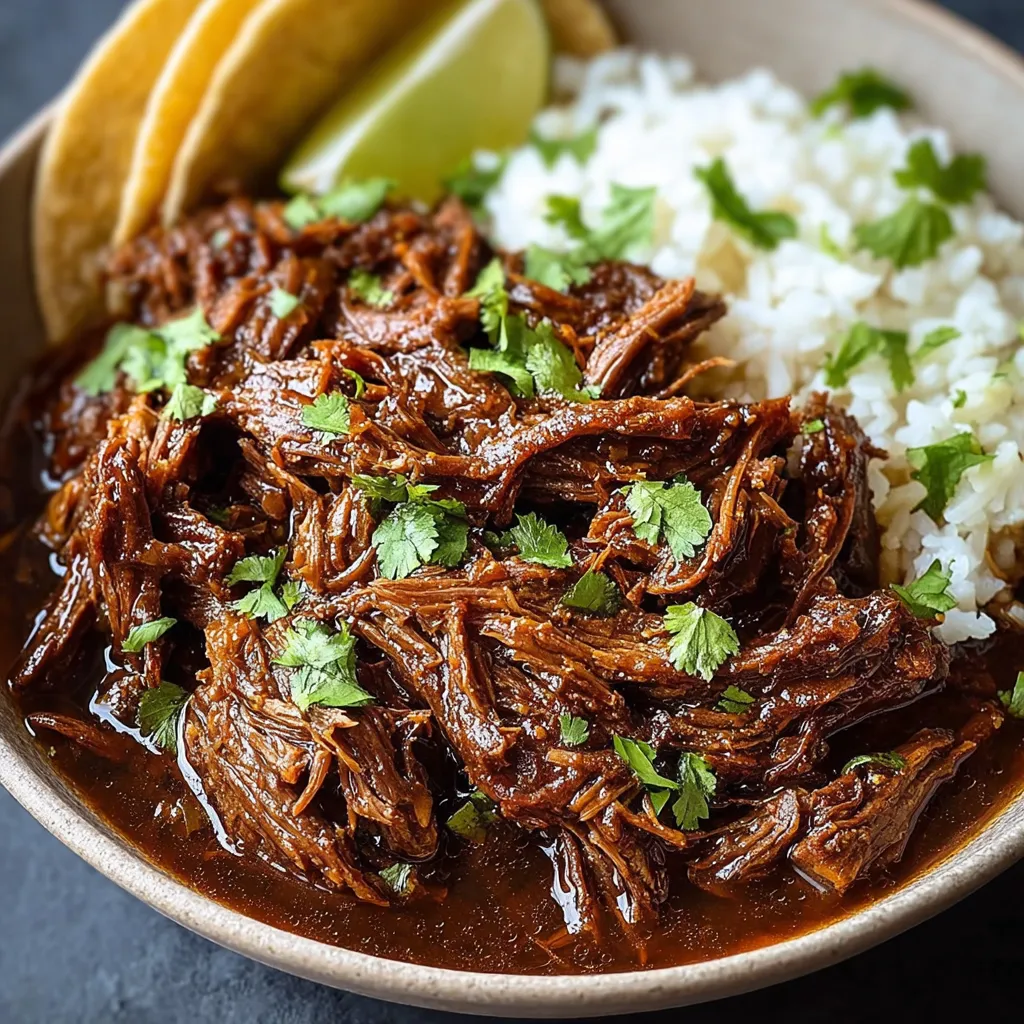The Science of Crispy: Unlocking the Secrets
The key to crispy anything, especially when baking, lies in understanding moisture and heat. Cauliflower, naturally high in water content, presents a significant challenge. We need to draw out that moisture and create an environment where the exterior can dehydrate and crisp up. This involves several factors:- Surface Area: More surface area exposed to heat equals more crispiness. That’s why small florets are better than large chunks.
- Starch Activation: A light coating of starch (like cornstarch or tapioca starch) helps absorb moisture and creates a crispy shell when heated.
- High Heat: High oven temperatures are crucial for rapidly evaporating moisture and promoting browning (the Maillard reaction, for those scientifically inclined).
- Air Circulation: Adequate air circulation around the cauliflower ensures even cooking and prevents steaming. This is where baking racks and proper spacing come in.
- Fat is your friend: A little bit of good quality oil is essential to conduct heat and add flavor.
The Recipe: Crispy Baked Cauliflower Bites of Glory
 Here’s the recipe that consistently delivers perfectly crispy, flavorful cauliflower bites.
Here’s the recipe that consistently delivers perfectly crispy, flavorful cauliflower bites.
Ingredients:
- 1 large head of cauliflower, cut into small, bite-sized florets
- 2 tablespoons olive oil (or avocado oil)
- 1/4 cup cornstarch (or tapioca starch)
- 1 teaspoon garlic powder
- 1/2 teaspoon onion powder
- 1/2 teaspoon smoked paprika
- 1/4 teaspoon black pepper
- 1/2 teaspoon salt (or to taste)
- Optional: 1/4 cup grated Parmesan cheese (for added flavor)
Instructions:
- Preheat your oven to 450°F (232°C). Place a wire rack inside a baking sheet. This is crucial for air circulation.
- Wash and thoroughly dry the cauliflower florets. Excess moisture is the enemy!
- In a large bowl, toss the cauliflower florets with the olive oil until evenly coated.
- In a separate small bowl, whisk together the cornstarch, garlic powder, onion powder, smoked paprika, black pepper, and salt. If using, add the Parmesan cheese.
- Sprinkle the dry mixture over the oiled cauliflower florets and toss until evenly coated. Make sure each floret is lightly dusted.
- Arrange the cauliflower florets in a single layer on the prepared baking sheet with the wire rack. Avoid overcrowding, as this will steam the cauliflower instead of baking it. If necessary, use two baking sheets.
- Bake for 20-25 minutes, or until the cauliflower is tender and golden brown, flipping halfway through for even browning. The edges should be crispy.
- Remove from oven and let cool slightly before serving. Enjoy!
The Investigation: My Cauliflower Crispiness Odyssey
My journey to crispy baked cauliflower perfection was paved with many soggy, disappointing failures. Like many of you, I initially thought a simple toss with oil and spices would suffice. Oh, how wrong I was!The Soggy Start: Initial Setbacks
My first few attempts were a disaster. The cauliflower emerged from the oven pale, mushy, and utterly unappetizing. I tried various baking times and temperatures, but nothing seemed to work. I even considered giving up and sticking to steamed cauliflower, but my determination (and my craving for crispy goodness) kept me going. The texture was all wrong!The Starch Revelation: An ‘Aha!’ Moment
Then, I had an “Aha!” moment. I remembered how cornstarch is used in many Garlic Butter Steak Bites recipes to create a crispy exterior. I figured, why not try it on cauliflower? I added a generous coating of cornstarch to my next batch, and the results were significantly better. The cauliflower was crispier, but still not quite there.The Rack Attack: Air Circulation is Key
Next, I realized the importance of air circulation. I had been baking the cauliflower directly on the baking sheet, which trapped moisture and prevented the bottom from crisping up. I invested in a wire rack and placed it inside the baking sheet. This allowed air to circulate around the cauliflower, resulting in even crisping on all sides. It also reminded me a bit of how I make Garlic Parmesan Chicken Meatloaf, where even cooking is essential.The High Heat Hypothesis: Temperature Matters
Finally, I experimented with different oven temperatures. I discovered that a higher temperature (450°F/232°C) was crucial for rapidly evaporating moisture and promoting browning. Lower temperatures resulted in steamed cauliflower, while higher temperatures risked burning the florets before they were fully cooked.Flavor Town: Spice it Up!
Beyond the texture, the flavor needed some work. A simple salt and pepper seasoning just wasn’t cutting it. I experimented with various spice combinations and found that garlic powder, onion powder, and smoked paprika created a delicious, savory flavor profile that complemented the cauliflower perfectly. A touch of Parmesan cheese adds a salty, umami boost. I even considered making a garlic butter sauce, similar to the one I use for my Garlic Butter Chicken And Veggies, but decided to keep the recipe simpler for weeknight cooking.The Technique: Your Foolproof Crispy Cauliflower Blueprint
Here’s the foolproof technique, distilled from my trials and tribulations, for achieving crispy baked cauliflower bites every time:- Small Florets are Essential: Cut the cauliflower into small, bite-sized florets for maximum surface area exposure.
- Dry, Dry, Dry: Thoroughly dry the cauliflower after washing to remove excess moisture. Pat them dry with paper towels.
- Starch Power: Use cornstarch (or tapioca starch) to create a crispy coating.
- Rack It Up: Bake the cauliflower on a wire rack inside a baking sheet for optimal air circulation.
- High Heat is Your Friend: Bake at 450°F (232°C) for rapid moisture evaporation and browning.
- Don’t Overcrowd: Arrange the florets in a single layer, leaving space between them for even cooking.
- Flip for Success: Flip the cauliflower halfway through baking for even browning on all sides.
- Spice it Right: Use a flavorful spice blend to enhance the taste of the cauliflower.
What are the key factors that contribute to achieving crispy baked cauliflower bites?
The key factors are: using small cauliflower florets for maximum surface area, ensuring the cauliflower is thoroughly dry, using a light coating of starch (cornstarch or tapioca starch), baking at a high temperature (450°F/232°C) on a wire rack for air circulation, not overcrowding the baking sheet, and flipping the cauliflower halfway through baking.
Why is it important to use a wire rack when baking cauliflower?
A wire rack allows for adequate air circulation around the cauliflower, which ensures even cooking and prevents steaming. This helps the cauliflower to crisp up properly on all sides, preventing a soggy bottom.
What kind of starch is recommended for coating the cauliflower, and why?
Cornstarch or tapioca starch is recommended. The starch helps absorb moisture from the cauliflower and creates a crispy shell when heated in the oven.
What oven temperature is recommended for baking crispy cauliflower bites?
The recipe recommends baking the cauliflower at 450°F (232°C). This high temperature is crucial for rapidly evaporating moisture and promoting browning, which contributes to the desired crispiness.

Crispy Baked Cauliflower Bites
Ingredients
Equipment
Method
- Preheat your oven to 450°F (232°C). Place a wire rack inside a baking sheet.
- Wash and thoroughly dry the cauliflower florets.
- In a large bowl, toss the cauliflower florets with the olive oil until evenly coated.
- In a separate small bowl, whisk together the cornstarch, garlic powder, onion powder, smoked paprika, black pepper, and salt. If using, add the Parmesan cheese.
- Sprinkle the dry mixture over the oiled cauliflower florets and toss until evenly coated.
- Arrange the cauliflower florets in a single layer on the prepared baking sheet with the wire rack. Avoid overcrowding.
- Bake for 20-25 minutes, or until the cauliflower is tender and golden brown, flipping halfway through for even browning.
- Remove from oven and let cool slightly before serving. Enjoy!




